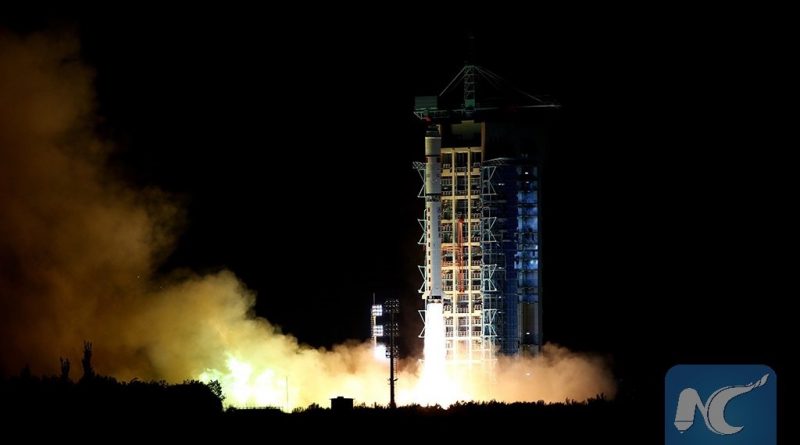China sends ground-breaking Quantum Communications Experiment into Orbit
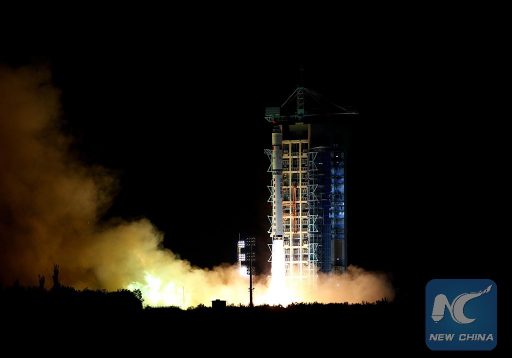
China sent a ground breaking scientific experiment into orbit on Monday to build the foundation for secure communications technology of the future.
The Quantum Science Satellite – nicknamed Micius – is the first spacecraft to establish quantum communications between space and Earth by creating entangled photon pairs over great distances and testing the principles of quantum teleportation.
The Long March 2D rocket carrying the Micius satellite lifted off from the Jiuquan Satellite Launch Center in the Gobi desert at 17:40 UTC and successfully reached orbit within ten minutes of liftoff, sending the spacecraft on an ambitious demonstration mission of at least two years.
Quantum Information Science is an emerging field driven by fascinating physics and many promising applications including high-speed quantum computers and ultra-secure quantum communications. Quantum Key Distribution allows cryptographic keys to be transmitted by means of correlated, or entangled photons – particles of light.
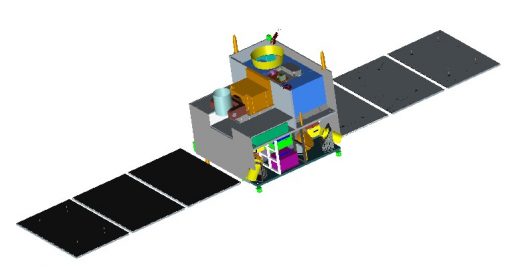
Quantum communications between two parties are inherently secure because any eavesdropping by a third party would cause the quantum state of the entangled photons to collapse, making their presence known to the rightful operators of the communications bridge. To achieve this perfect security, two parties share an encryption key encoded in the polarization of a string of entangled photons.
The theories of quantum mechanics postulate that the properties of entangled photons remain entwined over any distance. But in practice, quantum communications have only been possible over distances of a few hundred Kilometers because optical fibers and Earth’s atmosphere scatter and absorb photons. Transmitting an optical signal through the vacuum of space and using a satellite as relay could enable communications on a global scale which is exactly what Micius will prove.
>>Background & Overview: Quantum Science Satellite
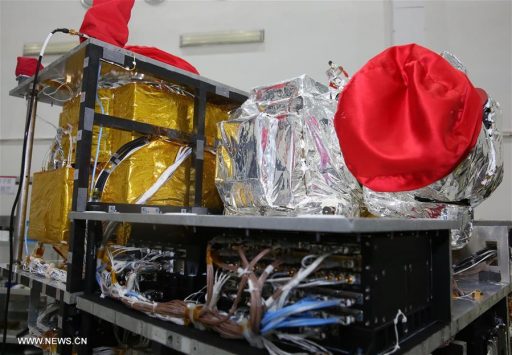
The basic working principle of the Quantum Science Satellite revolves around a crystal that generates pairs of entangled photons whose properties remain coupled to one another however far apart they are. A high-fidelity optical communications system is then responsible for delivering the partners of the entangled pairs to optical ground stations in Vienna, Austria and Beijing, China where their polarization properties will be used to generate a secret encryption key.
Quantum communications represents the space race of the 21st century given the technology will uncover any tinkering and eavesdropping in the exchange of information between two parties – making it attractive for national security needs and intelligence agencies.
The promise of ultra-secure communications prompted China to invest $100 million in this pathfinder satellite mission that is likely to be followed by a constellation of spacecraft once the principles between space-to-ground quantum communications have been proven. On the ground, China is about to complete a quantum communications link between Beijing and Shanghai.
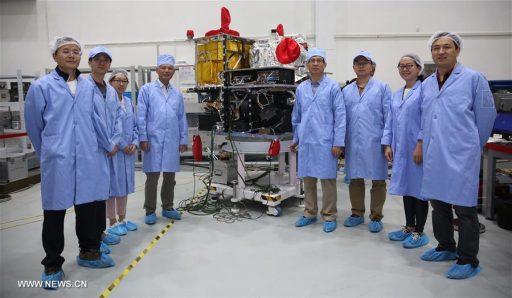
Efforts in the field of quantum communications are being made by teams in Italy, Canada, Japan and Singapore. Small satellite missions have already proven that entangled photon pairs can be generated in space, but no spacecraft has established a long-distance quantum channel between itself and a ground station on Earth – at least to public knowledge. The U.S. is likely developing its quantum communications systems as part of classified national defence projects.
The Micius satellite weighs in at 600 Kilograms and is outfitted with a crystal that generates entangled photons, a key communicator, entanglement emitters and a high-speed coherent laser communicator used to lock onto ground stations. The satellite was named after Chinese scientist and philosopher Micius who, over 2,000 years ago, discovered that light travels in straight lines.
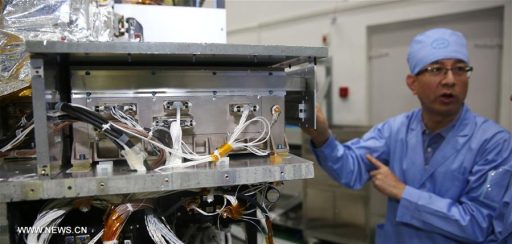
After the basics of quantum communications between the satellite and a ground station are proven, the mission will test out more complex techniques such as using the satellite as a repeater – having the ground station in Beijing beam entangled photons to the satellite and then shoot them back down to the Vienna ground station to establish a long-distance quantum relay. Quantum teleportation will be tested by using information on the properties of photons to recreate a known quantum state in a different location.
If successful, China’s quantum communications pathfinder might fuel the development of similar projects in other countries as the world accelerates toward the age of the quantum internet.
Also aboard the Long March 2D rocket on Monday’s mission were two co-passengers that have yet to be identified.
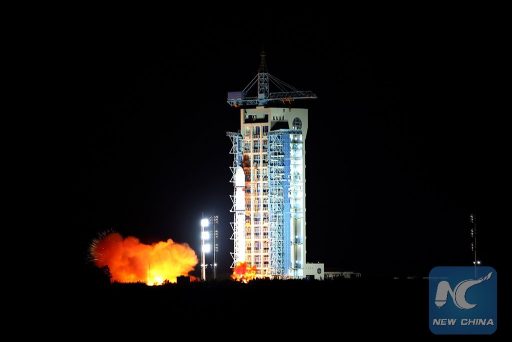
Long March 2D can launch Payloads of up to 3,500 Kilograms to Low Earth Orbit and has a SSO capability of up to 1,300kg. The CZ-2D Launcher was developed by the Shanghai Academy of Spaceflight Technology and is capable of delivering payloads into a variety of Orbits, including Low Earth Orbit and Sun Synchronous Orbit. Long March 2D features two stages, the first is identical to the Long March 4 Vehicle while the second stage is based on CZ-4, but has a modified equipment bay.
The Launcher stands 41.06 meters tall, has a diameter of 3.35 meters and a liftoff mass of 232,255 Kilograms. For the first 170 seconds of Flight, the vehicle is powered by its first stage that is equipped with a YF-21C Engine that provides a thrust of 2,962 Kilonewtons. The stage is 27.91 meters long, 3.35 meters in diameter and filled with 183,200 Kilograms of Unsymmetrical Dimethylhydrazine and Nitrogen Tetroxide Propellants for a total weight of the first stage at launch of 192,700kg.
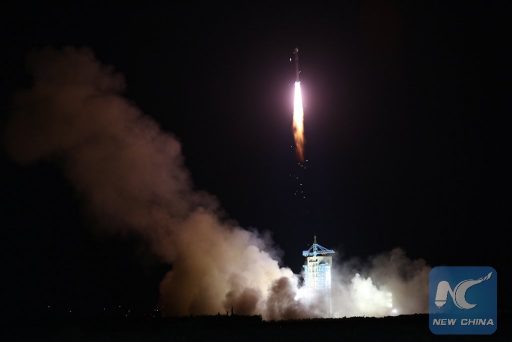
After first stage burnout and jettison, the second stage starts controlling the flight. The upper Stage is 10.9 meters in length and has the standard CZ-2D diameter weighing 45,600kg at liftoff. It also uses UDMH and NTO as propellants. A total of 39,550 Kilograms are aboard its tanks at blastoff. The second stage is powered by a YF-24C main engine providing 742 Kilonewtons of thrust and a 47.1-Kilonewton Vernier Thruster. Long March 2D can be outfitted with two different payload fairings to accommodate payloads of different sizes. The fairings have diameters of 2.90 and 3.35 meters. The large fairing is 6.98 meters in length.
The Jiuquan Satellite Launch Center which is also known as Shuang Cheng Tze launch center was China’s first launch facility being established in 1958. It is located in the Gobi Desert about 1,600 Kilometers from Beijing.

